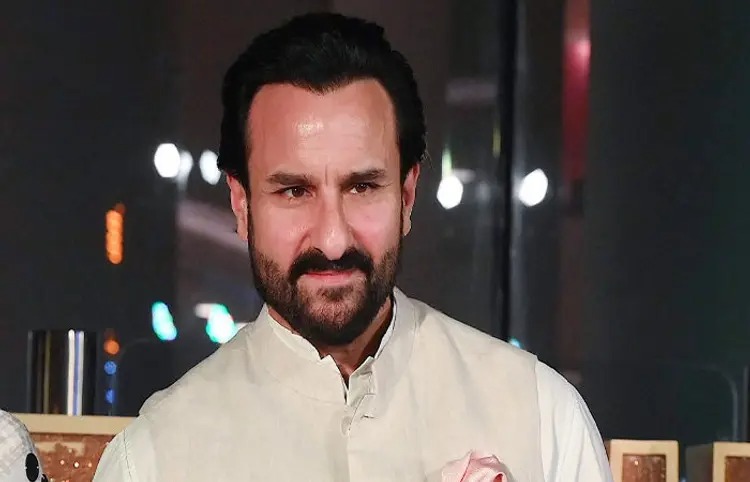Saif Ali Khan Attack Case: The attack on Bollywood actor Saif Ali Khan is being investigated and the arrested accused Mohammad Ilyas Shariful Islam Shahzad is being questioned. The confusion among the people is increasing due to the revelations during interrogation and investigation and once again various speculations are being made. According to the latest update, finger prints found from Saif’s house are not matching the finger print of the accused Shariful. Due to this, serious questions are being raised on the investigation of Mumbai Police and the arrest of Bangladeshi citizen in this case.
These 6 questions are being raised in the case of Saif Ali Khan. Out of these, one or two questions have also been raised by Maharashtra Government Minister Nitesh Rane and leader Sanjay Nirupam. Saif had five injuries on his body, two of which were very serious. The most severe injuries shown in MLC were neck and back injuries.
6 serious questions are being raised in Saif Ali Khan case
1. Despite such a serious injury, how did Saif Ali Khan get so fit and reached home? BJP leader and minister Nitesh Rane has also raised these questions.
2. Is the face of accused and arrested accused in CCTV footage? Police need a face recognition test (FRT) test?
3. 8 -year -old Taimur, why did you take Saif to the hospital on such a night?
4. The doctors of the hospital say that Saif was admitted at 2 pm, but the admit paper was written at 4:11 in the morning. So where was Saif till 2:11 pm and in what condition?
5. How did the accused reach the 12th floor of Saif directly in such a high security building?
6. The father of the accused has made a big claim that the accused seen in CCTV is not my son. So has the Mumbai Police caught the real accused?
Questions are also being raised on police theory
The police theory is that the accused was caught with the help of CCTV and Human Intelligence, but is the accused seen in CCTV of Dadar and Worli is the same accused who has been arrested by the police? Only after these questions can the accused be proved guilty.
